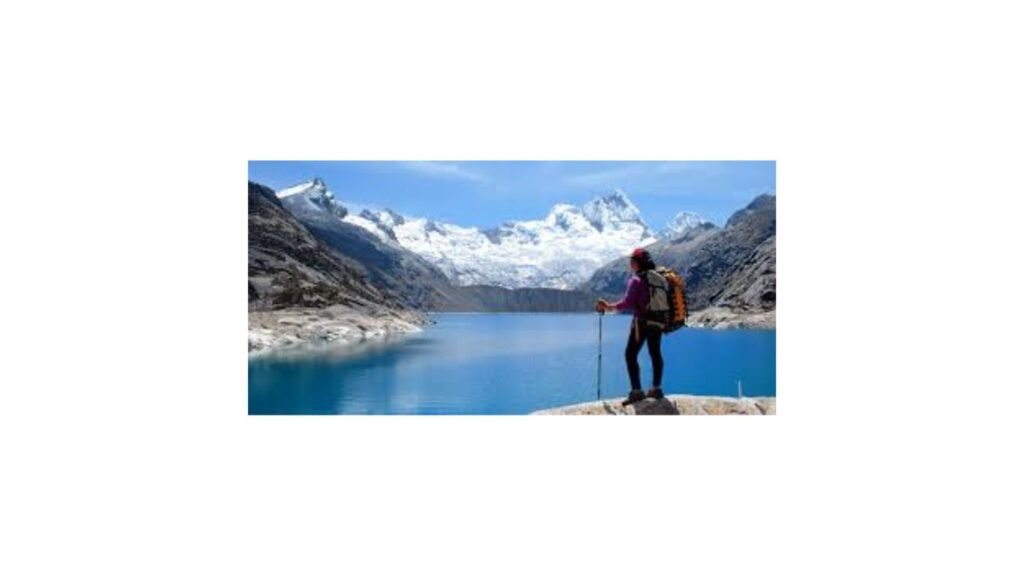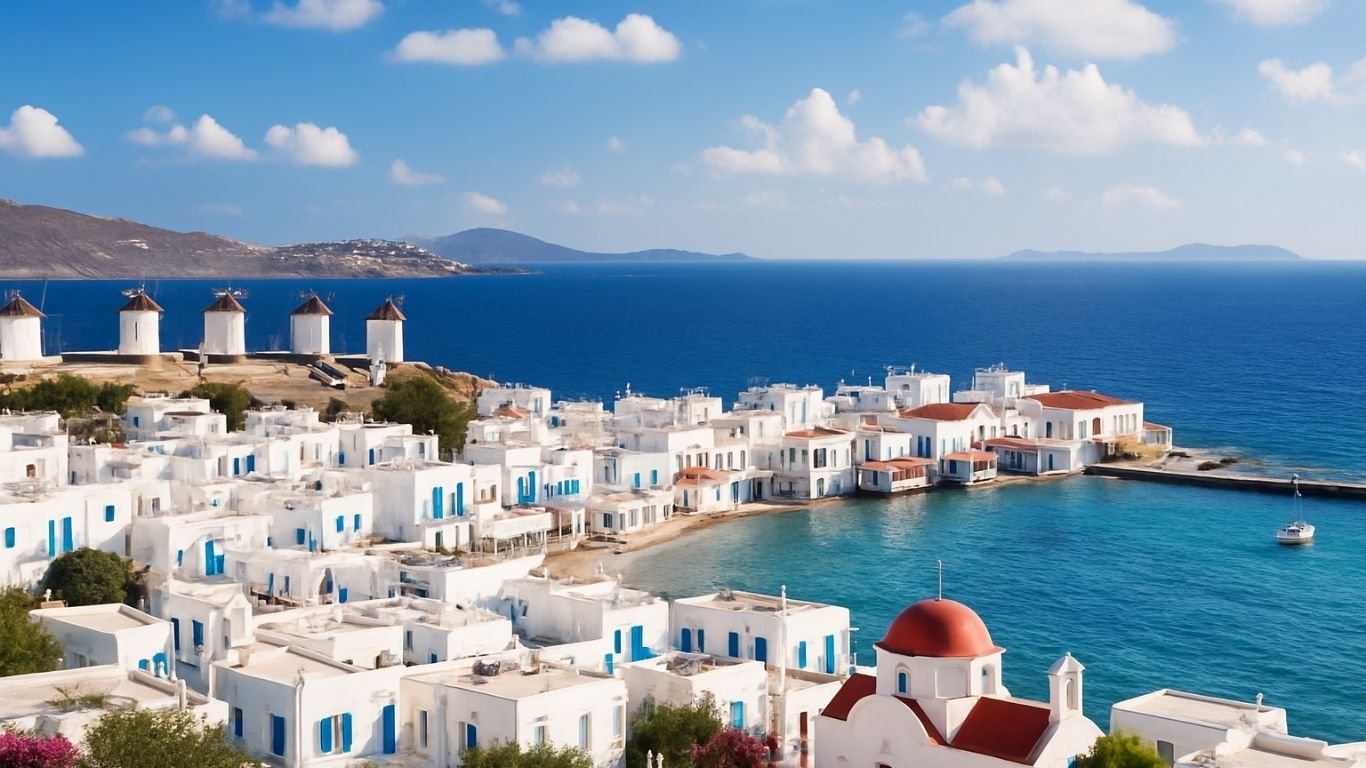The Andes, a majestic mountain range stretching over 7,000 kilometers along South America’s western edge, beckon adventurers with promises of breathtaking landscapes, rich cultural tapestries, and trails steeped in history. From Colombia’s northern reaches to Chile’s southern tips, the Andes offer an unparalleled trekking experience that intertwines natural beauty with ancient traditions. This article delves into the allure of Andean adventures, guiding you through its diverse terrains, cultural encounters, and essential preparations for an unforgettable journey.
Why Choose the Andes for Trekking?
Geographical Diversity
The Andes boast a vast array of ecosystems, from tropical rainforests to arid deserts, high-altitude plains to snow-capped peaks. This diversity allows trekkers to experience multiple climates and terrains within a single expedition. For instance, the Cordillera Blanca in Peru offers glacial landscapes, while Bolivia’s Yungas region transitions from high mountains to lush jungles. Such variety ensures that every trekking route presents unique challenges and vistas.
Cultural Immersion
Trekking in the Andes is not just a physical journey but a cultural odyssey. The mountains are home to numerous indigenous communities, each with distinct languages, traditions, and histories. Engaging with these communities provides insights into ancient customs, traditional music, dance, and artisanal crafts. Participating in local festivals, such as Peru’s Inti Raymi or Bolivia’s Alasitas, offers a deeper connection to the Andean way of life.
Variety of Trekking Options
Whether you’re a seasoned mountaineer or a casual hiker, the Andes cater to all skill levels. From challenging high-altitude treks like the Huayhuash Circuit to gentler walks through Sacred Valley’s archaeological sites, there’s a trail for everyone. Guided tours, often led by local experts, enhance the experience by sharing historical and ecological knowledge, ensuring both safety and enrichment.

Popular Andean Trekking Destinations
The Inca Trail (Peru)
Arguably the most iconic trek in South America, the Inca Trail leads adventurers through cloud forests, alpine tundra, and ancient Incan ruins, culminating at the Sun Gate of Machu Picchu. This 42-kilometer trail typically spans four days and requires permits due to its popularity. The journey offers a profound sense of walking in the footsteps of the Incas, with well-preserved archaeological sites like Wiñay Wayna enhancing the historical allure.
Torres del Paine (Chile)
Located in Chilean Patagonia, Torres del Paine National Park is renowned for its towering granite peaks, shimmering lakes, and diverse wildlife. The “W” and “O” circuits are popular trekking routes, offering vistas of the Paine Massif, Grey Glacier, and the iconic Torres del Paine themselves. The park’s well-maintained refugios (mountain lodges) provide shelter and communal dining, making it accessible even to those new to multi-day treks.
Huayhuash Circuit (Peru)
For those seeking solitude and rugged beauty, the Huayhuash Circuit is a hidden gem. This approximately 130-kilometer loop navigates around the Cordillera Huayhuash, showcasing towering peaks like Yerupajá and Siula Grande. Trekkers traverse high mountain passes, glacial lakes, and remote Quechua villages, experiencing the Andes in their most pristine form.
Salar de Uyuni (Bolivia)
While not a traditional mountain trek, the Salar de Uyuni offers a surreal walking experience across the world’s largest salt flat. Spanning over 10,000 square kilometers, this vast white expanse is especially mesmerizing after rainfall when it mirrors the sky. Trekking here includes visits to cactus-covered islands, colorful lagoons teeming with flamingos, and the backdrop of dormant volcanoes, blending unique landscapes with cultural encounters in local quinoa-farming communities.

Preparing for Your Andean Adventure
Physical Fitness
The varied terrains and altitudes of the Andes demand a good level of physical fitness. Engaging in cardiovascular exercises, strength training, and hiking practice can prepare your body for the challenges ahead. It’s also beneficial to train with a loaded backpack to simulate trekking conditions.
Altitude Acclimatization
Many Andean treks reach elevations above 3,000 meters, where altitude sickness becomes a concern. To mitigate risks, plan for acclimatization days, ascend gradually, and stay hydrated. Some trekkers find coca leaves or prescribed medications helpful, but it’s essential to consult with a healthcare professional before your trip.
Essential Gear and Packing
Packing appropriately ensures comfort and safety. Key items include a quality backpack, layered clothing for varying temperatures, sturdy waterproof boots, a hat, sunglasses, sunscreen, and a reliable water purification method. Given the remote nature of some treks, carrying a basic first aid kit is also advisable.
Travel Insurance and Safety
Comprehensive travel insurance that covers high-altitude trekking and emergency evacuations is crucial. Always inform someone of your itinerary and expected return. While the Andes are generally safe for trekkers, being aware of local conditions and following guides’ advice enhances safety.
Experiencing Andean Culture
Local Communities and Traditions
Immersing yourself in Andean culture enriches the trekking experience. Staying in community-run lodges, participating in traditional ceremonies, and learning a few Quechua or Aymara phrases fosters genuine connections. These interactions offer insights into indigenous worldviews, agricultural practices, and artisanal crafts.
Andean Cuisine
The Andean diet is a testament to the region’s agricultural bounty. Staples like quinoa, potatoes, and corn are prepared in myriad ways. Delicacies such as ceviche, lomo saltado, and empanadas tantalize the taste buds. Sampling local dishes not only fuels your trek but also offers a cultural immersion through flavors.

Respecting the Environment
The Andes’ pristine landscapes demand responsible trekking practices. Sustainable tourism ensures that these natural wonders remain unspoiled for future generations. Trekkers should adhere to the principles of Leave No Trace: packing out all waste, minimizing campfire use, and respecting wildlife. Opting for eco-friendly trekking companies that promote conservation and community-based tourism enhances sustainability.
Tips for a Successful Trek
Choosing the Right Trekking Company
A reputable trekking company can make or break your experience. Look for agencies with experienced guides, proper safety measures, and ethical treatment of porters and local communities. Companies that contribute to conservation efforts and employ local guides enrich your journey with authentic insights. Reading reviews and verifying credentials ensures reliability.
Staying Hydrated and Nourished
Proper hydration is critical, especially at high altitudes. Carrying a water filtration system or purification tablets ensures access to safe drinking water. Nutrient-rich foods, including high-energy snacks like dried fruits, nuts, and energy bars, help maintain stamina. Traditional Andean foods such as maca and coca tea can also aid in acclimatization and energy levels.
Dealing with Altitude Sickness
Altitude sickness can affect even the most experienced trekkers. Symptoms include headaches, nausea, and dizziness. To mitigate the effects, ascend gradually, rest when needed, and stay hydrated. Carrying altitude sickness medication, such as acetazolamide, may help, but always consult a doctor before use. If symptoms worsen, descending to a lower altitude is crucial.
Conclusion
Trekking through the Andes offers a blend of natural beauty, historical intrigue, and cultural immersion. The towering peaks, ancient ruins, and vibrant communities make every step an adventure. Preparation, respect for local traditions, and sustainable travel practices ensure a fulfilling and responsible journey. Whether tracing the paths of the Incas, marveling at Patagonian landscapes, or traversing Bolivia’s surreal salt flats, the Andes promise an adventure like no other. Ready your backpack, lace up your boots, and embark on an unforgettable Andean odyssey.

